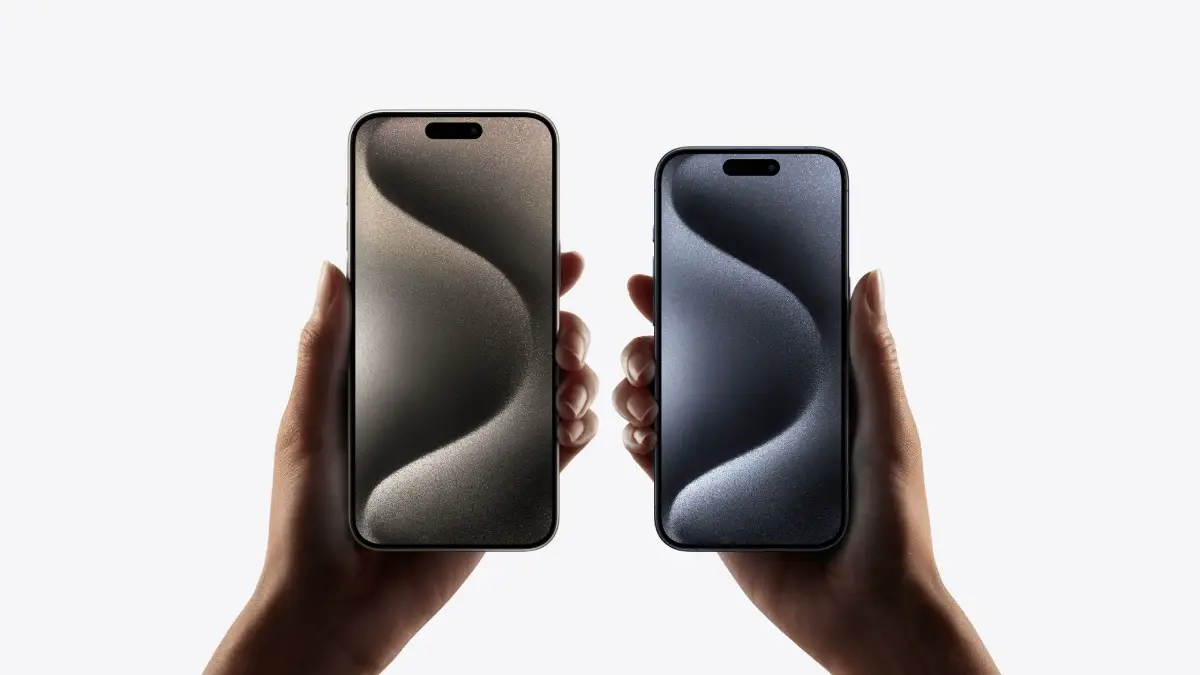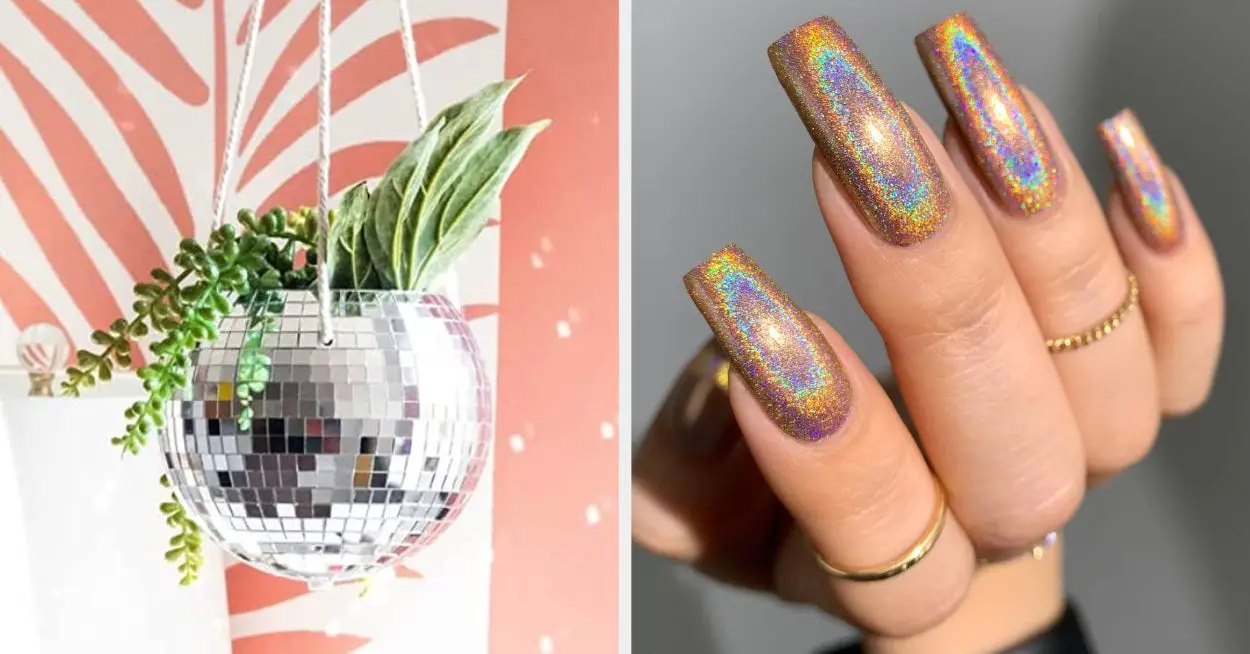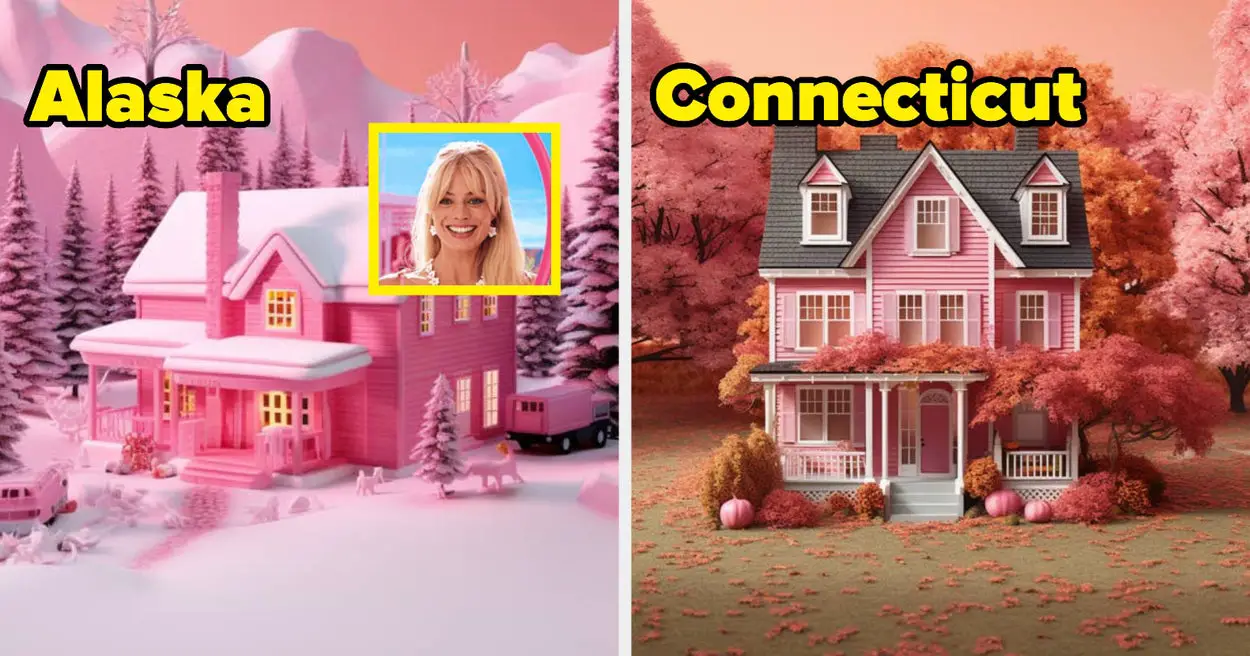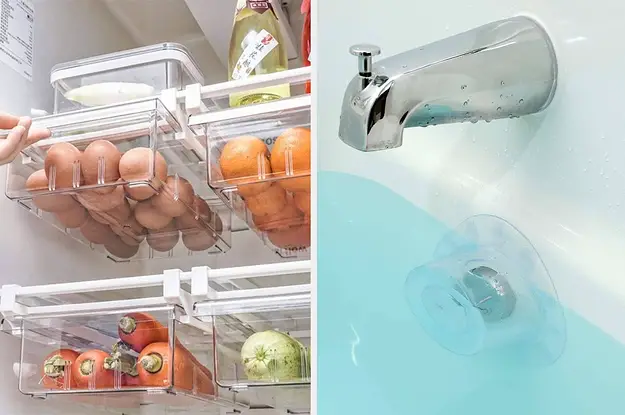Makerspaces in schools are a place where the normal rules of classroom learning are tossed aside in favor of just a couple — have fun, and don’t be afraid to make mistakes.
As schools continue to grapple with a student mental health crisis, could makerspaces also present an opportunity to support students’ well-being overall? And even a creative way for counselors to get their young patients to open up?
Absolutely, say a pair of researchers from Kutztown University of Pennsylvania. A collaboration between professors Deborah Duenyas and Roseanne Perkins explores how makerspaces can be used by educators and counselors (in their own lanes) to help students deal with emotional distress. They published a research paper on the use of “makerspace therapy” by graduate counseling students in 2021.
Duenyas, an associate professor of counselor education, is a former teacher and certified counselor. Perkins, an associate professor of technology education, has a background in library science and art education.
What they found is that, as outlets for creativity and self-expression, makerspaces are already becoming informal places in schools where students can talk openly about negative emotions like sadness or grief. These are areas that encourage students to tinker and problem solve, sometimes with high-tech tools like 3D printers or low-tech materials like hot glue and construction paper. They can be stationary in a library or classroom, or they can be mobilized with carts that can be wheeled from room to room.
In formal counseling settings, the researchers discovered that integrating makerspace-style activities can get conversation flowing with clients who need encouragement to open up.
“Especially during COVID, it seemed like there was a real movement of people expressing themselves at all ages through making, creating and innovating,” Duenyas says, particularly on social media platforms like the video-focused YouTube. “This seemed like a really important and timely thing that we could be looking at. Creativity in counseling has been around, but makerspace has allowed for the art pieces to [incorporate] technology.”
A New Element for Counseling
Creativity in counseling has been around, but makerspace has allowed for the art pieces to [incorporate] technology.”
As part of their study, Duenyas and Perkins introduced the concept of makerspaces to seven graduate counseling students — all taking part in clinical internships — at their university and had each student develop a creative activity to use with a client. Some students were specializing in clinical mental health counseling, while others were focused on marriage, couples and family counseling.
The first problem the researchers tackled was getting the students over the belief that they couldn’t devise their own maker therapy ideas because they weren’t creative.
Perkins says it’s a common problem, one that she watches her art therapy students overcome at the beginning of each semester.
“The nice thing about a makerspace is there are multiple entry points, high-tech or low-tech,” Perkins says. “I teach an undergrad class in makerspaces in education, and the first day, [students] are like, ‘I’m not touching anything.’”
Invariably, she says, students gravitate to whatever material in the class that they already know how to use. Sewers take to the sewing machines, while people who know how to draw use the button-making machine.
“Then they teach each other, and everybody almost gets this expertise. By the end of the semester, they’re doing all of it,” Perkins says. “I think that’s one of the things that the makerspace has to offer, it’s not just low-tech, not just art, [it has] entry points to things you didn’t know you were looking for.”
Among the group of graduate students who were part of their research, Duenyas says they designed activities like doodling, creating sock puppets, sewing a weighted blanket and making 3D-printed dice to use with their clients.
For the counseling student who used doodling with her patient, “they had a session they’d never had before,” Duenyas says. “The client really was able to explore what was happening for them in a very different way, to draw not with purpose or to make something, just to see what came up with them.”
Makerspace and Mental Health at School
When it comes to the ability for makerspaces to be part of a school’s overall mental health support system, there’s an anecdote that sticks with Perkins.
She learned of a school that used its makerspace as part of a grief project to help students work through their emotions after the death of a classmate. Students who participated found a place where they could talk openly about their feelings.
“It was a way for them to talk about the person and have a little bit of closure as a community, celebrate the person’s life, and also say goodbye,” Perkins says. “It was spontaneous — they didn’t intentionally create a maker-therapeutic environment, and it shows how much it lends itself to that. That it’s such a natural place for people to go and make things and have those kinds of human connections while they’re making.”
That tracks with what Canadian researchers found in an exploratory study on the use of makerspaces to teach mindfulness to fourth graders. Students learned about mindfulness techniques with crafting projects, then used those techniques — like taking deep breaths — when they became frustrated with the project or became annoyed with their classmates.
“The challenges inherent in making also deepened students’ experiential understanding of mindfulness by creating stressful situations that they learned to navigate using their newly acquired mindfulness tools,” according to the report.
Another reason why Perkins and Duenyas believe the solution might work in schools is that the barriers to creating a makerspace are lower than in the past, Duenyas says, with components like 3D printers more affordable than ever.
“Makerspaces are collaborative, and the school counselor, the librarian and the teacher can advocate for resources for a dedicated makerspace in a school setting that would be accessible to everybody,” Perkins says. “Then everyone can take a different path depending on their professional expertise as to how they use it, and collaborate on how it’s designed.”
Source link










Leave a Reply